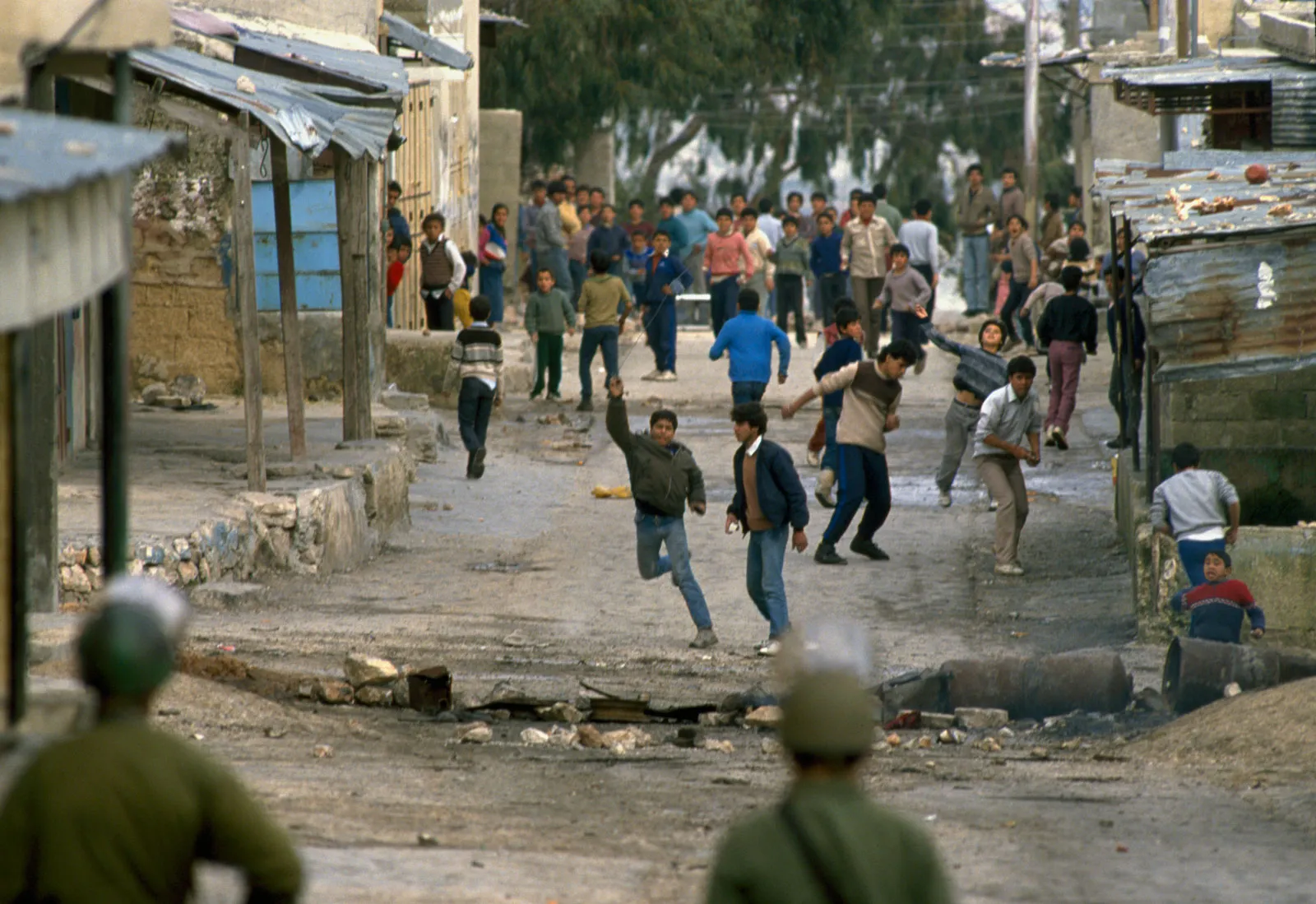
Understanding the Intifada: A Palestinian Struggle for Rights
Introduction
The term “Intifada” is synonymous with the Palestinian struggle against Israeli occupation. Understanding this concept is essential to grasp the complexities of the Israeli-Palestinian conflict. This blog post will explore the two major Intifadas, their historical contexts, impacts, and ongoing relevance.
What is Intifada?
Intifada, meaning “shaking off” in Arabic, represents a widespread uprising by Palestinians aimed at ending Israeli occupation and asserting their rights. There have been two significant Intifadas that have shaped the political landscape in the region.
The First Intifada (1987-1993)

Background
The First Intifada erupted in December 1987, rooted in frustrations over military occupation, economic hardship, and a lack of political rights. It was a response to years of grievances against Israeli policies in the West Bank and Gaza Strip.
Key Events
This grassroots uprising was marked by spontaneous protests, civil disobedience, and violent clashes between Israeli forces and Palestinian civilians. Iconic images of youth throwing stones at soldiers became symbols of resistance.
Impact
The First Intifada drew international attention to the Palestinian cause, leading to significant changes in the political landscape. It culminated in the Oslo Accords in 1993, which aimed to establish a framework for peace and Palestinian self-governance.
The Second Intifada (2000-2005)

Triggering Events
The Second Intifada, also known as the Al-Aqsa Intifada, began in September 2000 after Ariel Sharon’s controversial visit to the Temple Mount. This event escalated tensions and ignited widespread protests.
Characteristics
Unlike the first uprising, the Second Intifada involved more organized armed resistance and suicide bombings. The violence was more intense, resulting in significant casualties on both sides and a shift in public perception.
Consequences
The Second Intifada led to increased Israeli military operations in Palestinian territories and heightened security measures. It also strained peace efforts, leaving a lasting impact on Israeli-Palestinian relations.
The Legacy of the Intifadas
The legacy of the Intifadas has profoundly influenced Palestinian identity and nationalism. They served as catalysts for political movements and have shaped the narrative around resistance and rights. Ongoing issues such as settlement expansion and political negotiations continue to reflect the unresolved tensions from these uprisings.
Current Relevance
Today, the legacy of the Intifadas influences contemporary movements and protests within Palestinian society. Understanding these uprisings provides crucial context for current events and the ongoing struggle for rights and recognition.
Conclusion
The Intifadas are significant milestones in the Palestinian fight for self-determination. By examining their historical impacts and ongoing relevance, we can better appreciate the complexities of the Israeli-Palestinian conflict. It is essential to engage with this topic to foster understanding and dialogue about peace in the region.
Resources
Articles
- “The First Intifada: A New Perspective” by Rashid Khalidi
- This article provides an analysis of the First Intifada, discussing its causes and effects on Palestinian society.
- “The Second Intifada: A Historical Overview” by Sara Roy
- An in-depth look at the Second Intifada, its origins, and the implications for Israeli-Palestinian relations.
- “Intifada: The Palestinian Uprising Against Israeli Occupation” from the Middle East Research and Information Project (MERIP)
- This article offers a comprehensive overview of both Intifadas, highlighting key events and their significance.
- “The Intifadas and Israeli-Palestinian Relations” by Ilan Pappé
- An examination of how the Intifadas have shaped the political landscape of Israel and Palestine.
Books
- “The Intifada: The Palestinian Uprising Against Israeli Occupation” by John F. D. Tolan
- A thorough exploration of the First and Second Intifadas, including personal accounts and analysis.
- “The Iron Wall: Israel and the Arab World” by Avi Shlaim
- This book provides historical context for the Israeli-Palestinian conflict, including discussions on the Intifadas.
- “Hamas: A History from Within” by Azzam Tamimi
- Offers insights into the role of Hamas during the Intifadas and its impact on Palestinian politics.
- “Palestinian Identity: The Construction of Modern National Consciousness” by Rashid Khalidi
- Discusses the development of Palestinian identity, with references to the Intifadas as critical moments in this process.









